Dr. Chinnakkaruppan Adaikkan
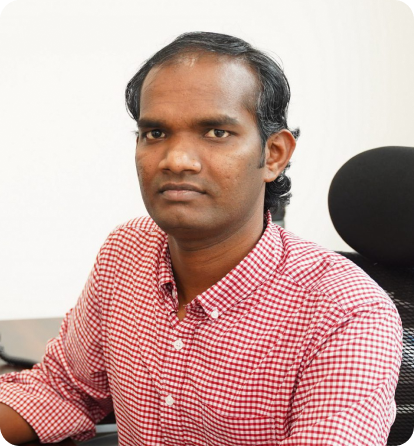
Biosketch
- Chinna has been awarded the 2023 NARSAD Young Investigator by Brain & Behavioral Research Foundation.–Jan 2024
- Justin has been awarded the DBT/Wellcome Trust Early Career Fellowship. – Jan 2024
- Chinna has been awarded the DBT/Wellcome Trust Intermediate Fellowship. – Feb 2023

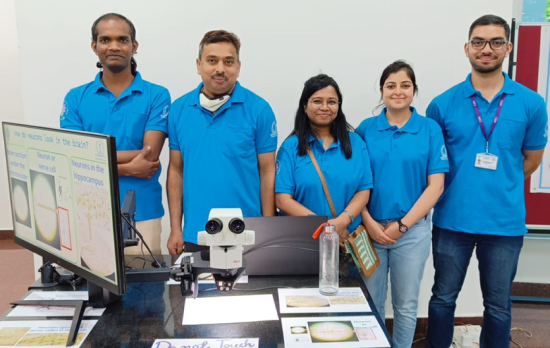
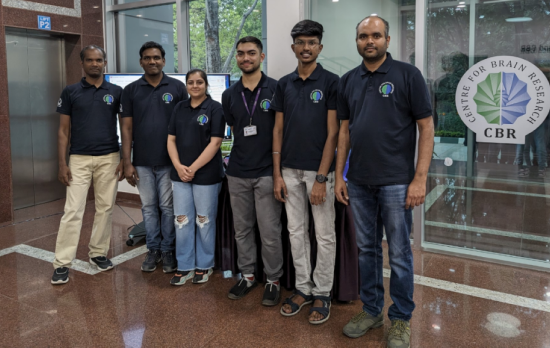
Ph.D. Student

Interns
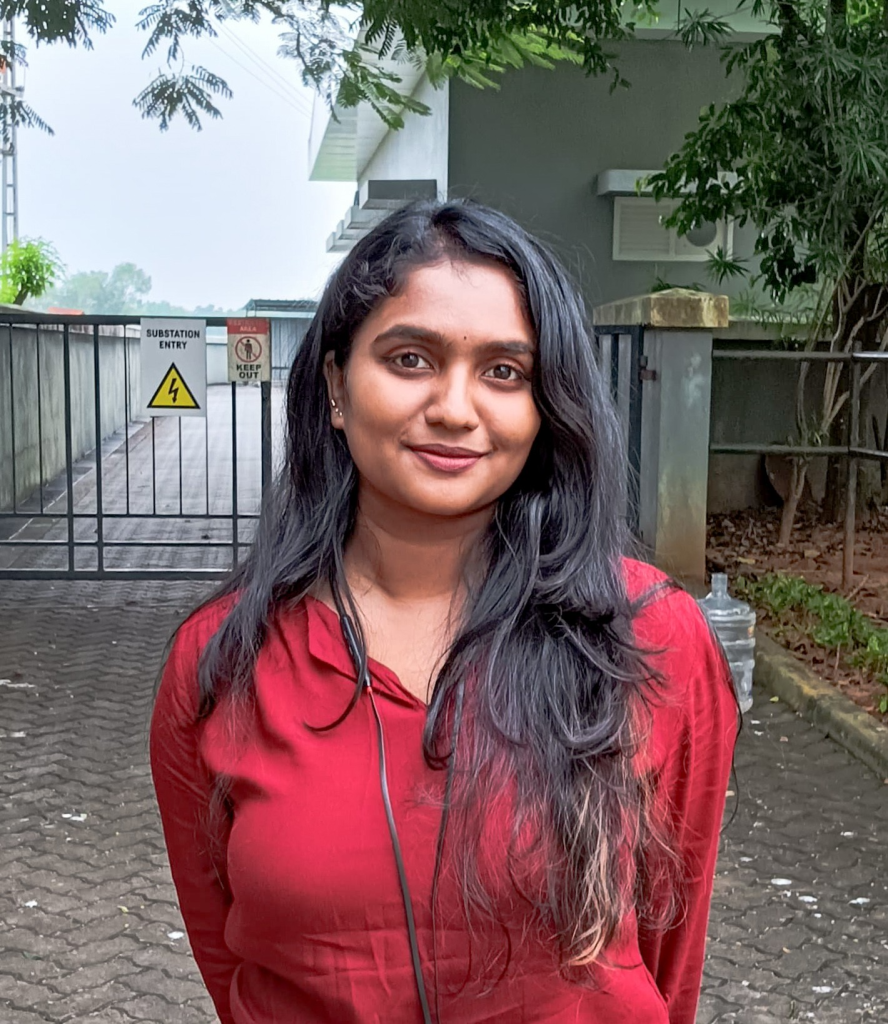
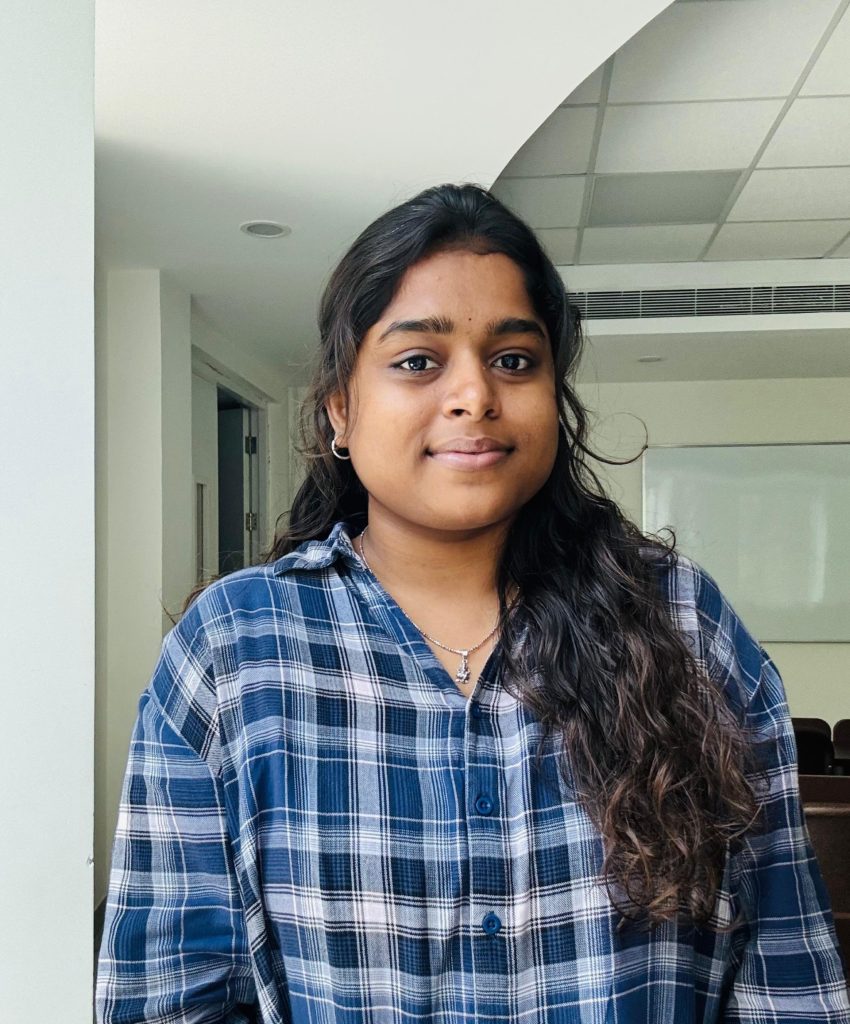
About
Kirubashini is a Biochemistry graduate from the University of Madras. She is currently working on a research project focused on how noninvasive neurostimulations impact synaptic plasticity-related proteins in neurodegeneration.
Her research interests lie at the intersection of molecular neuroscience and behavior, with a focus on understanding synaptic mechanisms and neurochemical alterations in neurodegenerative and neuropsychiatric disorders

About
Hayavadhan is a Bachelor of Technology (B.Tech.) student in Biotechnology from Vellore Institute of Technology (VIT), Vellore. He is working on a thesis investigating how targeted brain stimulation affects key neuromodulators involved in various aspects of brain function.
PostDoctoral
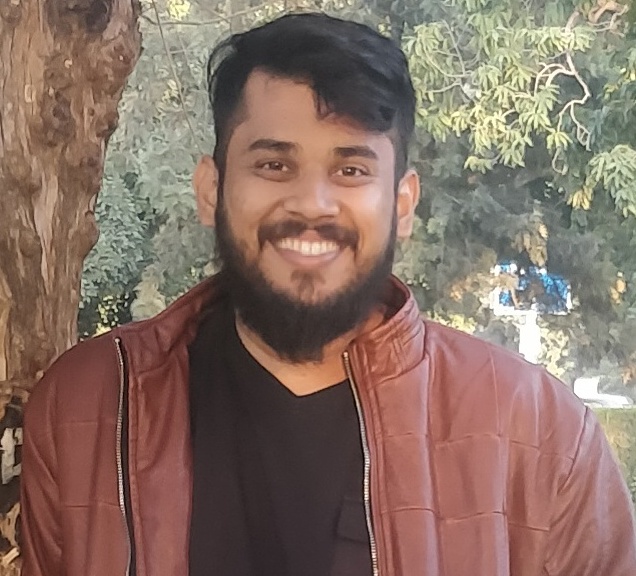
Dr. Ashish Jain
(Feb 2025 – Present)
About
Dr. Ashish Jain earned his Ph.D. in Pharmacology (Neuropharmacology) from the Postgraduate Institute of Medical Education and Research (PGIMER) in 2024. His doctoral research focused on the pathophysiology of autism spectrum disorders (ASD) using a valproic acid-induced rat model, emphasizing dysregulated intracellular signaling pathways such as cAMP, GSK3β, and mTOR. He explored therapeutic modulation of these pathways to alleviate ASD-related behavioral deficits in rodents.
At Dr. Chinna’s lab, Dr. Ashish is investigating how transcranial electrical stimulation (tES) modulates neurotransmitter systems—including dopamine, serotonin, glutamate, GABA, and acetylcholine—using advanced fiber photometry techniques in transgenic mouse models. He routinely works with Cre-driver lines (e.g., VIP-Cre, SST-Cre) and disease models such as P301S tauopathy mice to probe circuit-level mechanisms underlying neurodegeneration. His research interests include neuromodulation, neurodegenerative disorders, and circuit-based interventions for brain diseases.
Former Interns


Dr. Pradeep Kumar G
(Oct 2023 – May 2025)
About

Alumni
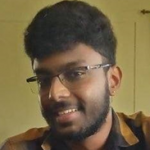
About

Dr. Justin Joseph
(Oct 2022 – Mar 2025)
About

Chinnakkaruppan Adaikkan*, Justin Joseph, Georgios Foustoukos, Jun Wang, Denis Polygalov, Roman Boehringer, Steven J. Middleton, Arthur J. Y. Huang, Li-Huei Tsai & Thomas J. McHugh*. Silencing CA1 pyramidal cells output reveals the role of feedback inhibition in hippocampal oscillations. Nature Communications 15, 2190 (2024).
Adaikkan C*, Wang J, Abdelaal K, Middleton SJ, Wickersham I, McHugh TJ, and Tsai LH*. (2022) Alterations in a Cross-hemispheric Circuit Associates with Novelty Discrimination Deficits in Mouse Models of Neurodegeneration. Neuron. 110(19): 3091-3105.e9.
Marco A, Meharena HS, Dileep V, Raju RM, Davila-Velderrain J, Zhang AL, Adaikkan C, Young JZ, Gao F, Kellis M, Tsai LH. (2020) Mapping the epigenomic and transcriptomic interplay during memory formation and recall in the hippocampal engram ensemble. Nature Neuroscience. 23,1606–1617. https//doi.org/10.1038/s41593-020-00717-0
Pao PC, Patnaik D, Watson LA, Gao F, Pan L, Wang J, Adaikkan C, Penney J, Cam HP, Huang WC, Pantano L, Lee A, Nott A, Phan TX, Gjoneska E, Elmsaouri S, Haggarty SJ, Tsai LH. (2020) HDAC1 modulates OGG1-initiated oxidative DNA damage repair, brain aging, and Alzheimer’s disease pathology. Nature communication. 11:2484.
Adaikkan C and Tsai LH. (2020) Gamma Entrainment: Impact on Neurocircuits, Glia and Therapeutic Opportunities. Trends in Neurosciences. 43(1):24-41.
Adaikkan C, Middleton SJ, Marco A, Pao PC, Mathys H, Kim DNW, Gao F, Young JZ, Suk HJ, Boyden ES, McHugh TJ and Tsai LH. (2019) Gamma Entrainment Binds Higher-Order Brain Regions and Offers Neuroprotection. Neuron. 102(5): 929-943.e8.
Adaikkan C#, Taha E#, Barrera I, David O and Rosenblum K. (2018) Calcium/Calmodulin-Dependent Protein Kinase II and Eukaryotic Elongation Factor 2 Kinase Pathways Mediate the Antidepressant Action of Ketamine. Biol Psychiatry. 84(1): 65-75.
Singer A, Martorell A, Douglas JM, Abdurrob F, Attokaren M, Tipton J, Mathys H, Adaikkan C and Tsai LH. (2018) Non-invasive 40 Hz light flicker to reduce amyloid load and recruit microglia. Nature protocols. 13(8): 1850-1868..
Mathys H, Adaikkan C, Gao F, Young JZ, Manet E, Hemberg M, De Jager PL, Ransohoff RM, Regev A and Tsai LH. (2017) Temporal Tracking of Microglia Activation in Neurodegeneration at Single-Cell Resolution. Cell Reports. 21(2):366-380.
Iaccarino HF, Singer AC, Martorell AJ, Rudenko A, Gao F, Gillingham TZ, Mathys H, Seo J, Kritskiy O, Abdurrob F, Adaikkan C, Canter RG, Rueda R, Brown EN, Boyden ES and Tsai LH. (2016) Gamma frequency entrainment attenuates amyloid load and modifies microglia. Nature. 540(7632):230-235.
Miyamoto D, Hirai D, Fung CC, Inutsuka A, Odagawa M, Suzuki T, Boehringer R, Adaikkan C, Matsubara C, Matsuki N, Fukai T, McHugh TJ, Yamanaka A and Murayama M. (2016) Top-down cortical input during NREM sleep consolidates perceptual memory. Science. 352(6291):1315-8.
Adaikkan C and Rosenblum K. (2015) A molecular mechanism underlying gustatory memory trace for an association in the insular cortex. 21(2):37-51.
C Adaikkan, Wintzer ME, McHugh TJ and Rosenblum K. (2014) Differential Contribution of Hippocampal Subfields to Components of Associative Taste Learning. Journal of Neuroscience. 34(33):11007-15.
David O, Barrera I, C Adaikkan, Kaphzan H, Nakazawa T, Yamamoto T and Rosenblum K. (2014) Dopamine-induced tyrosine phosphorylation of NR2B (Tyr1472) is essential for ERK1/2 activation and processing of novel taste information. Front Mol Neurosci. 7:66.
Stern E#, C Adaikkan#, David O, Sonenberg N and Rosenblum K. (2013) Blocking the eIF2? Kinase (PKR) Enhances Positive and Negative forms of Cortex-Dependent Taste Memory. Journal of Neuroscience. 33(6):2517-25.
Adaikkan C and Rosenblum K. (2012) The role of Protein Phosphorylation in the Gustatory Cortex and Amygdala During Taste Learning. Exp Neurobiol. 21(2):37-51.
Isai M, Elanchezhian R, Sakthivel M, C Adaikkan, Rajamohan M, Jesudasan Nelson, Thomas PA and Geraldine P. (2009) Anticataractogenic Effect of an Extract of the Oyster Mushroom, Pleurotus ostreatus, in an Experimental Animal Model. Curr Eye Res. 34:4, 264-273.
C Adaikkan, Das S and Sarkar PK. (2009) Age related and hypothyroidism related changes on the stoichiometry of neurofilament subunits in the developing rat brain. Int J Dev Neurosci. 27; 257–261.
-
Centre for Brain Research
Indian Institute of Science Campus
CV Raman Avenue
Bangalore 560012, India. - +91 80 2293 3747

